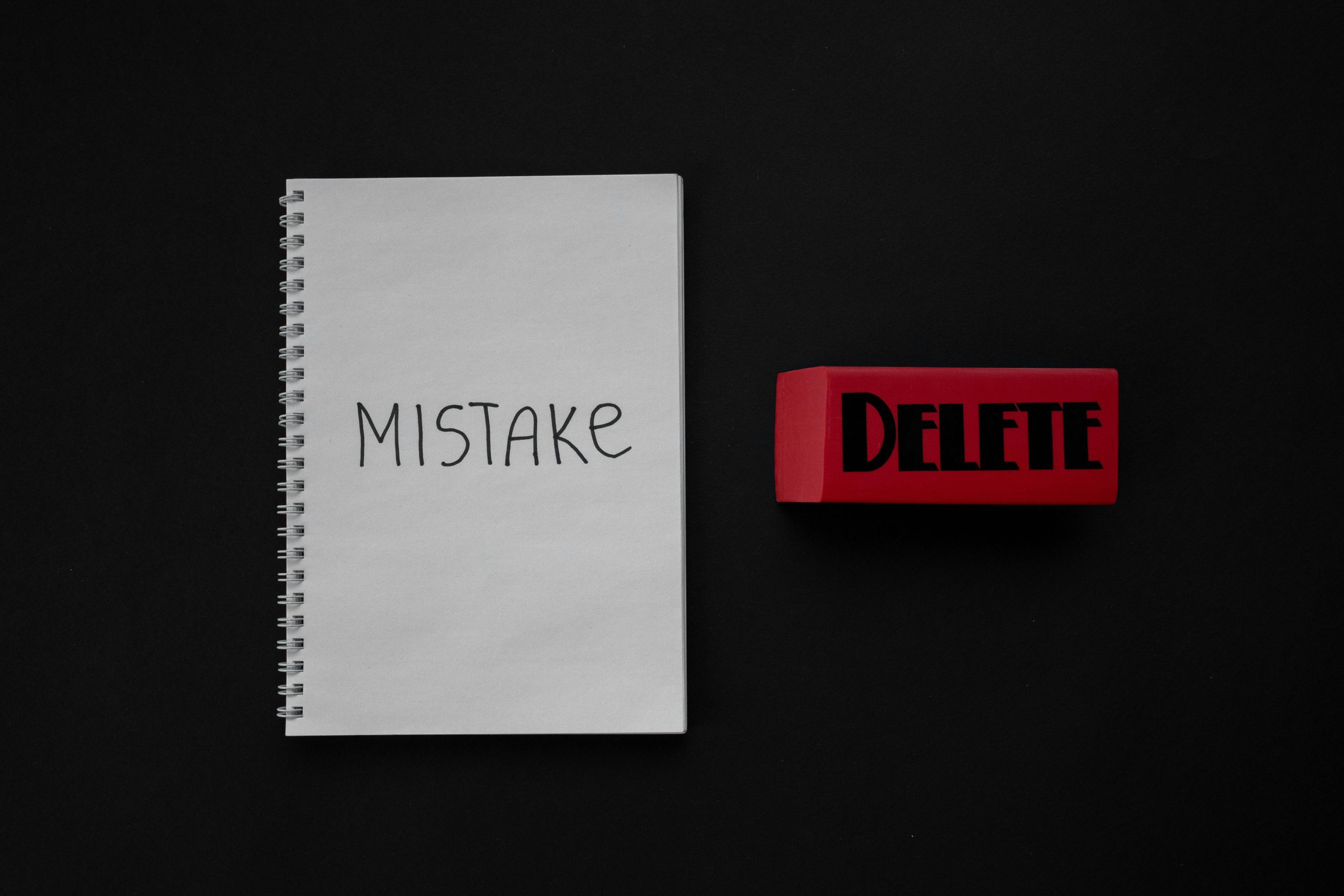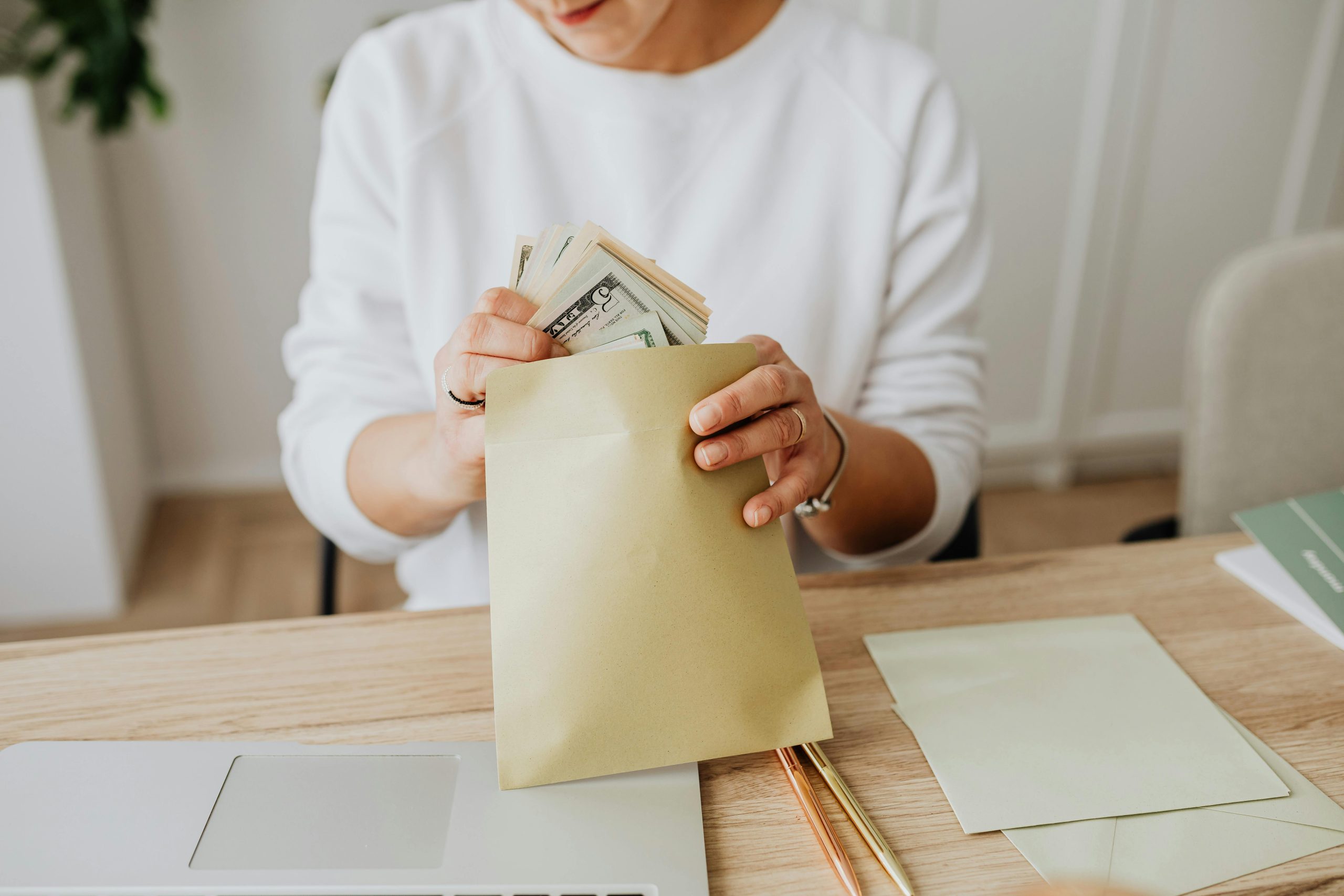Get smart on tax refunds — and don’t get them
Published:Keep your money and use it during the year rather than let the government take it and pay you back, one adviser says.
NEW YORK (BankingMyWay) — Most taxpayers will get a tax refund this year, to the tune of $2,900 per payer, says the Internal Revenue Service, That’s about 58% of the 80 million U.S. tax filers getting a refund.
It’s tempting to want to spend it ASAP, maybe on a set of golf clubs or countertops for the kitchen. But one financial services professional says you have “better uses” for your refund — and even wonders why you should set yourself up to get one at all.
Anna Benham, an Ameriprise financial adviser in Washington, D.C., says the real key is making tax refunds work for you.
READ: Nine tax breaks you’re probably missing
How can you make better use of your tax refund?
Benham: Plan what you are going to do with it before it arrives in your mailbox. If you have a plan, then temptation won’t get the better of you when the check arrives. Consider filing early so that you get your money back sooner and can implement your plan sooner.
The better thing to do is not have a tax refund … my rule is (depending on who you are and your comfort level) $500 to $1,000 plus or minus when it comes to owing the IRS or receiving a tax refund. By this I mean that, ideally, an individual should aim to receive no more than a $1,000 refund on the positive side and to not owe more than $1,000 on the negative side. This is a number that most people can plan for by setting dollars aside each month to cover the debt. It’s usually more efficient to owe the IRS than to receive a refund because that way you’ve used the IRS money during the year, interest free.
What are some Smart ways to “spend” a tax refund?
Benham: I always say split it in three … one for me, one for them and one for the future.
- If you can comfortably afford it, take one-third and spend on something fun for you, such as a vacation, a large-ticket item or another “want.”
- Take one-third and pay down debt, if you have any. If not, then pass this third onto the next area: “future.”
- Take one-third and put it toward your future financial goals: retirement, a new home, child’s education, etc.
READ: Pros and cons of e-filing taxes
Should consumers who get a large refund consider reducing their withholdings to increase cash flow throughout the year?
Benham: Yes. By having extra money withheld from your paycheck, you are, in effect, giving an interest-free loan to the IRS. While this is great for the IRS, it is usually not in your best interest. If you can adjust withholding so that you are getting these dollars during the year, you can follow the three rules above during the year rather than all at once:
- Enjoy one-third during the year or save it up (with interest paid to you instead of IRS) for something fun for yourself.
- Pay off debt sooner – meaning pay less interest on your current debt by reducing it consistently during the year instead of waiting until the end of the year and building up all that interest due.
- Invest for your future on a more regular basis. You can take advantage of dollar cost averaging during the year and therefore give yourself a better chance at higher savings instead of letting the IRS have your growth.



